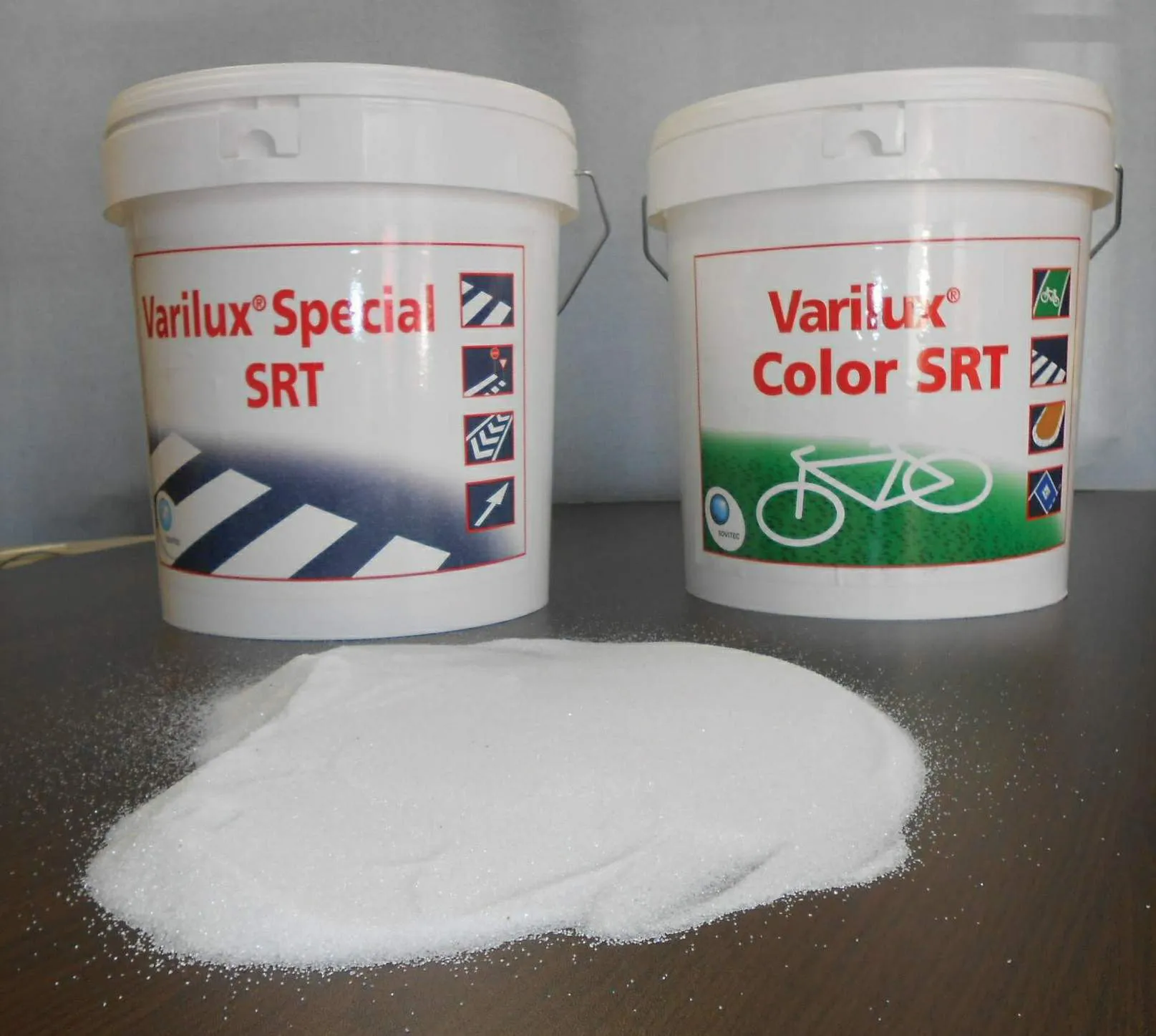
UK-based
BBA is the British Board of Agrément, one of the UK’s leading notified bodies offering approval, certification and test services to manufacturers of products and systems supplying the construction industry. Hapas is the Highway Authorities Product Approval Scheme.
ASI says that RHiNOPHALT seals an exposed bitumen surface making it waterproof, resistant to weathering and also boosts its toughness and aggregate retention.
It penetrates into the existing bitumen, introducing an impervious membrane on top of the surface’s binder to halt oxidisation and the ingress of water. This reaction with the surface effectively seals in the binder’s existing visco-elastic properties, waterproofing the pavement and strengthening the surface characteristics including retention of surface aggregate and fines.
RHiNOPHALT is applied in such a way as not to create any surface build up. This is achieved by either the application of a fine silica aggregate immediately after the RHiNOPHALT or through the use of wire brush sweepers. Both methods abrade any product off the exposed aggregate to ensure that skid resistance qualities are maintained as before treatment.









